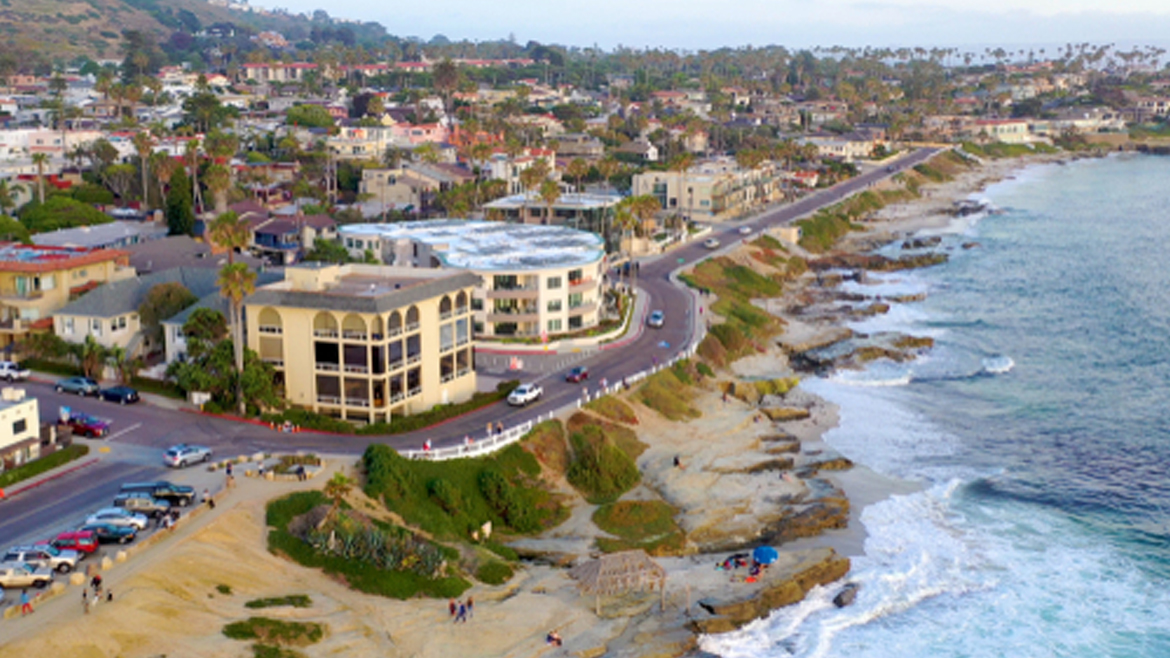Masonry Solutions for San Diego’s Seismic Activity

San Diego’s location along the Pacific Ring of Fire makes it susceptible to seismic activity, posing unique challenges for building construction and maintenance. Masonry, while durable and aesthetically pleasing, requires specific considerations in earthquake-prone areas. This blog discusses effective masonry solutions that enhance the seismic resilience of buildings in San Diego, ensuring safety and durability amidst the region’s geological challenges.
1. Importance of Seismic-Resistant Masonry
San Diego’s proximity to several fault lines, including the well-known San Andreas Fault, makes seismic safety a critical consideration for any construction. Masonry, while durable and aesthetically pleasing, requires specific enhancements to improve its performance during an earthquake. This blog explores effective masonry solutions that cater to the seismic demands of San Diego homes.
2. Reinforced Masonry Techniques
One of the most effective strategies for enhancing the seismic resistance of masonry structures is reinforcement. This involves integrating steel bars (rebar) within the masonry units, which are then filled with grout. This reinforcement ties the masonry together, allowing it to act more cohesively under seismic stress, significantly improving its structural integrity.
3. Flexible Mortar Applications
The type of mortar used in masonry construction can greatly affect the structure’s ability to withstand seismic forces. Using flexible mortar compounds that can absorb and dissipate energy without cracking is crucial. These specialized mortars provide a cushion for masonry units, allowing slight movements that are typical during earthquakes, thereby preventing major structural failures.
4. Seismic Ties and Anchors
Installing seismic ties and anchors can further secure masonry to the structural frame of a building. These metal components help keep the wall attached to the building’s main structure during shaking, preventing the masonry from collapsing. Regular inspection and maintenance of these ties and anchors are also vital to ensure ongoing protection.
5. Retrofitting Older Structures
Many older buildings in San Diego were constructed before modern seismic standards were implemented. Retrofitting these structures is essential for safety and compliance with current building codes. Techniques such as adding wall anchors, strengthening the connections between roofs and walls, and reinforcing openings are common methods used to upgrade the seismic resilience of existing masonry buildings.
6. Design Considerations
Beyond the materials and techniques used, the design of a masonry structure can influence its seismic performance. Features like wall thickness, the incorporation of pilasters (vertical columns embedded in walls), and the layout of openings (doors and windows) should be planned to enhance stability. Avoiding tall, unbraced wall sections and ensuring that corners are well bonded can also improve a building’s earthquake resilience.
7. Continuous Professional Assessment
Given the evolving nature of seismic research and building technologies, continuous professional assessment and consultation with seismic experts and structural engineers are crucial. These professionals can provide up-to-date recommendations tailored to specific properties and ensure that all masonry work adheres to the latest safety standards.
In a region prone to seismic activity, adopting advanced masonry solutions is essential for protecting properties and their occupants. STP Masonry specializes in providing seismic-resistant masonry services that combine aesthetic appeal with cutting-edge safety features. By implementing these strategies, San Diego homeowners can ensure that their masonry structures are not only beautiful but also built to last through the challenges posed by earthquakes.


